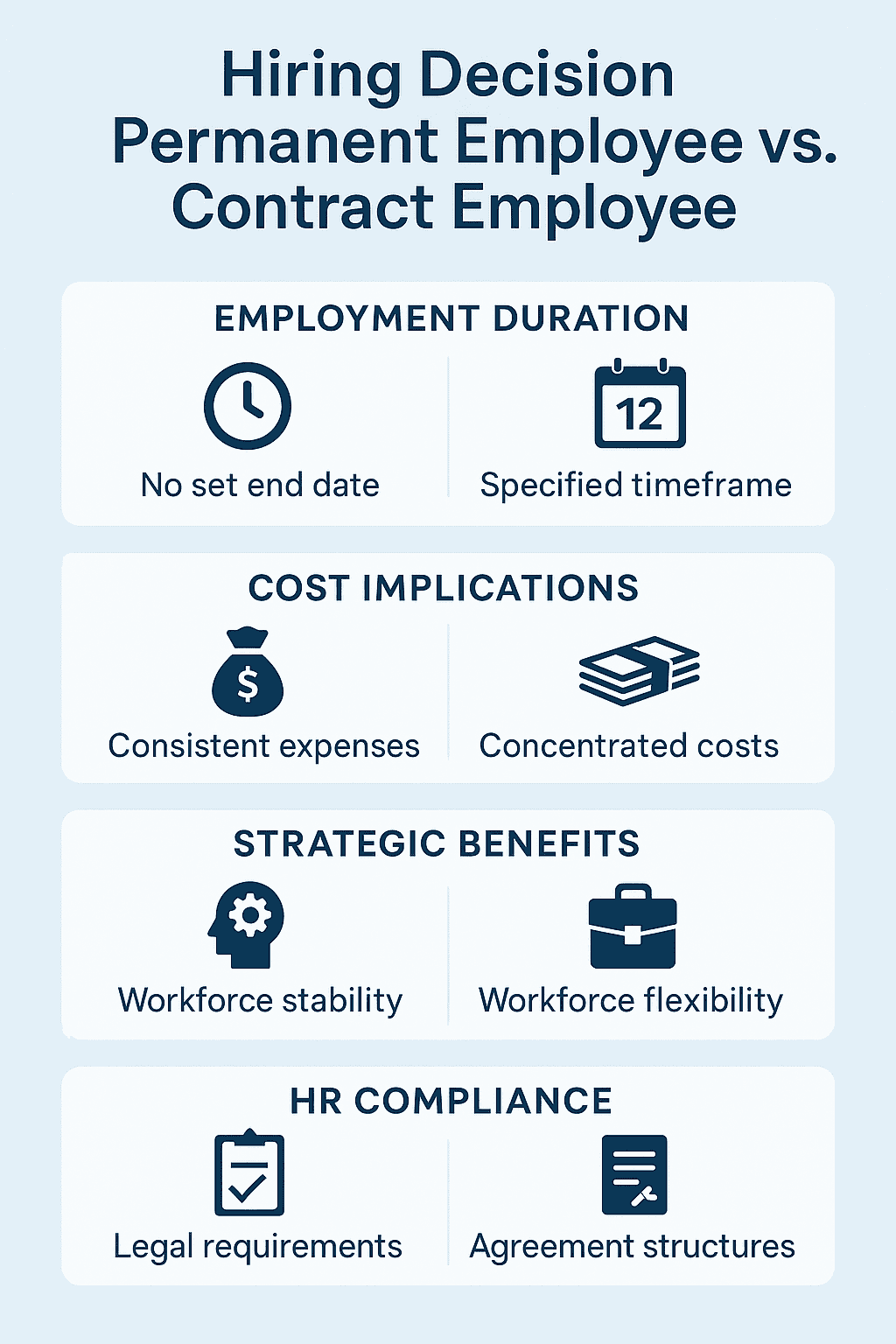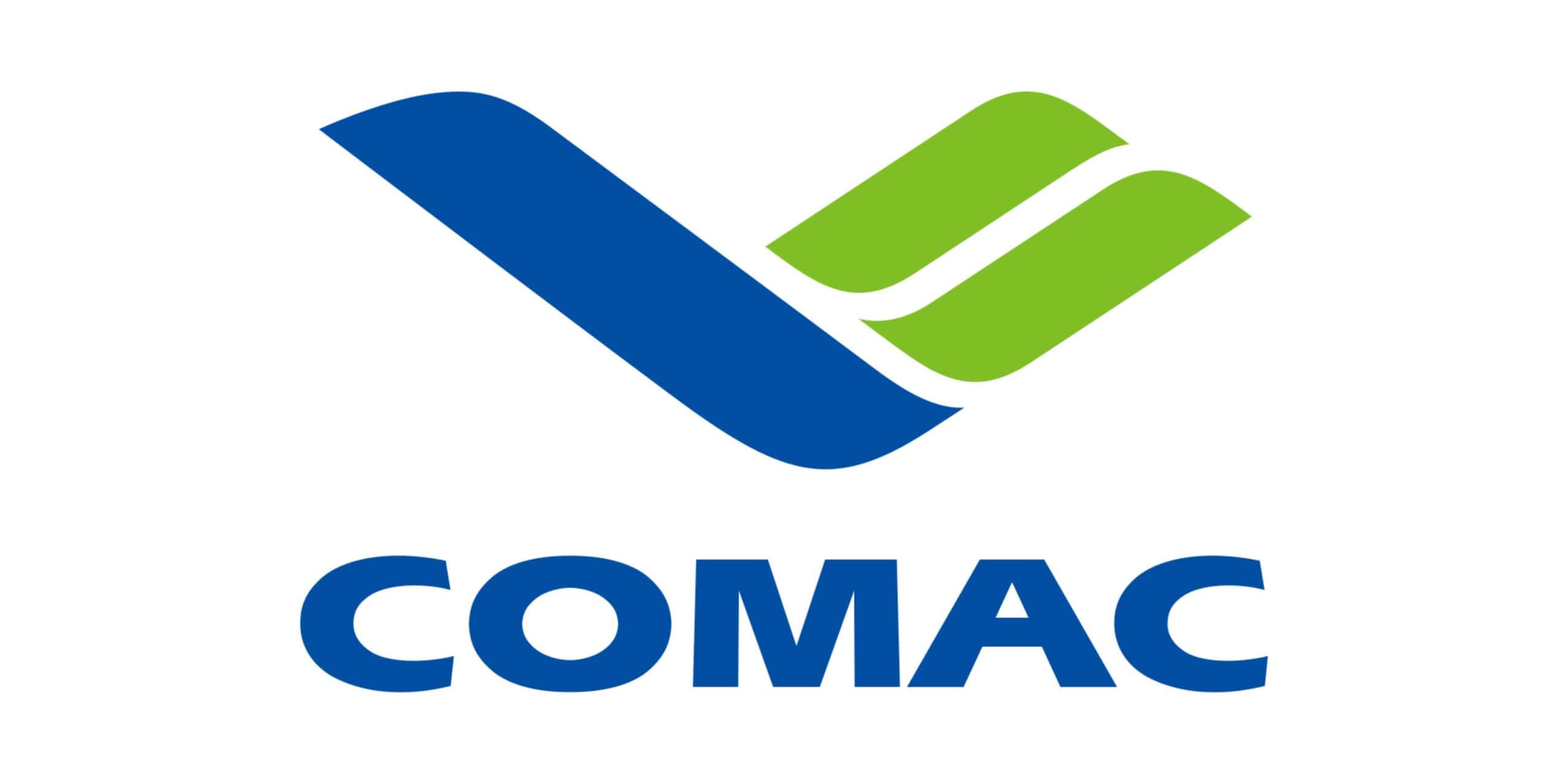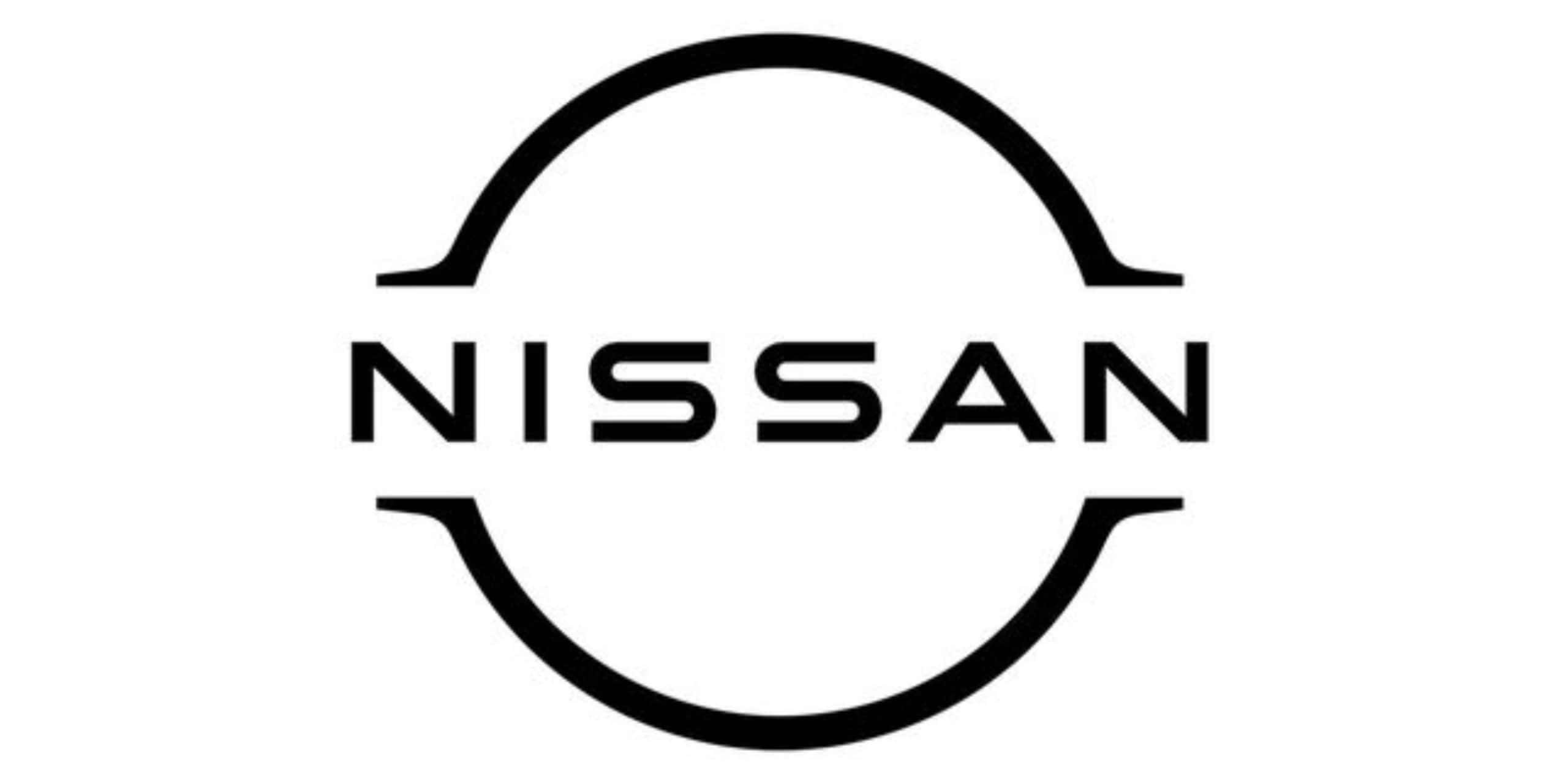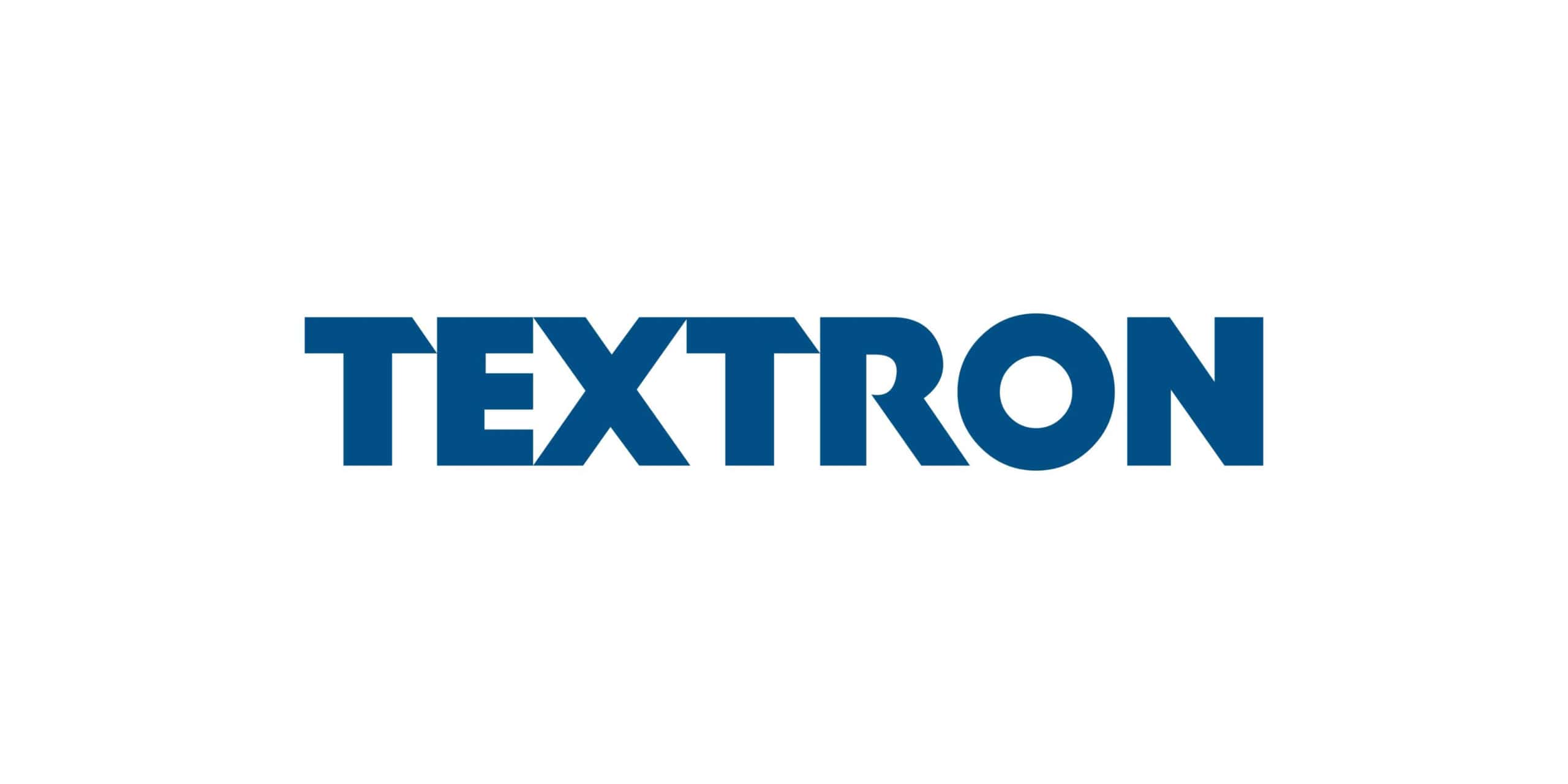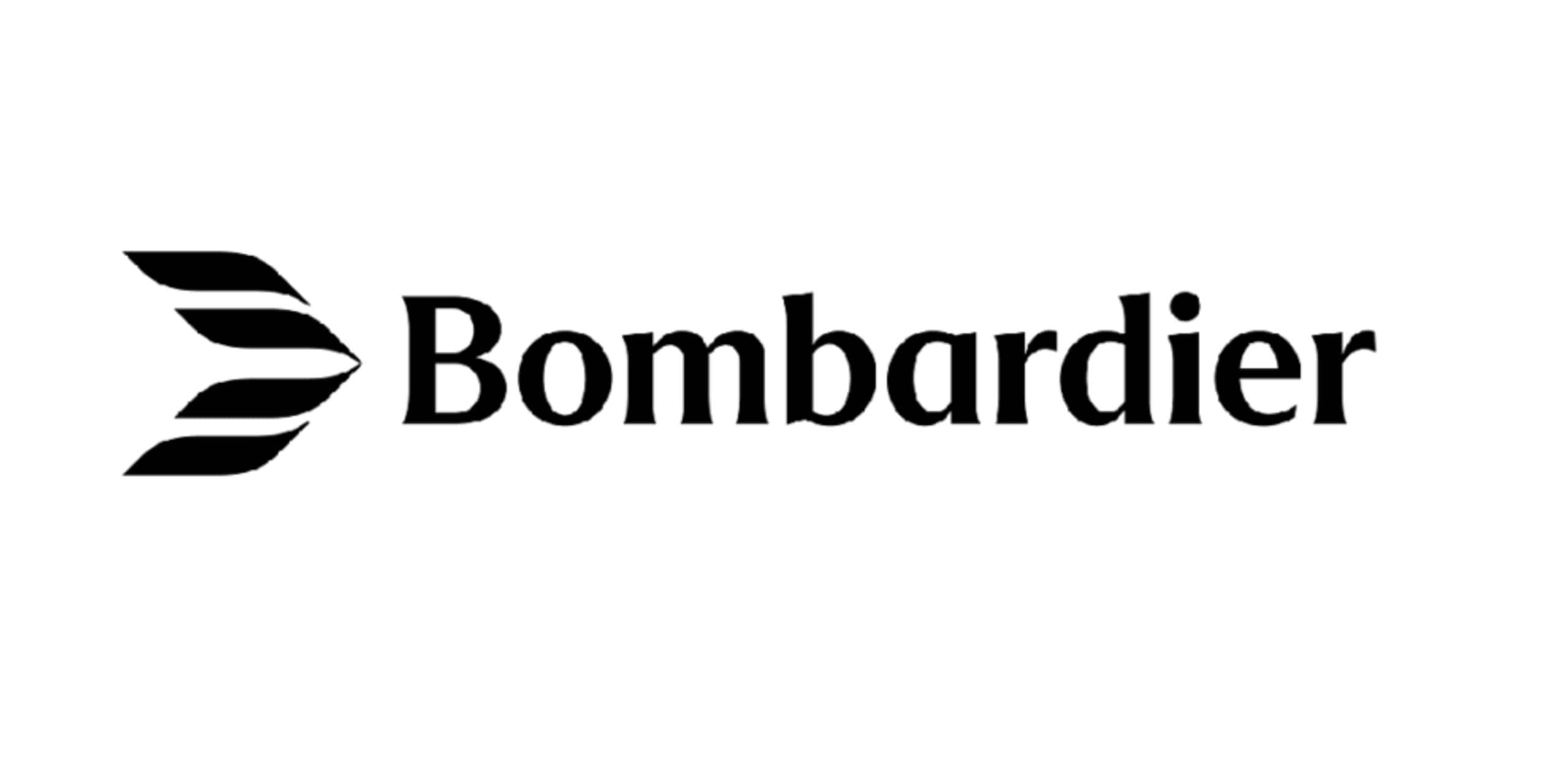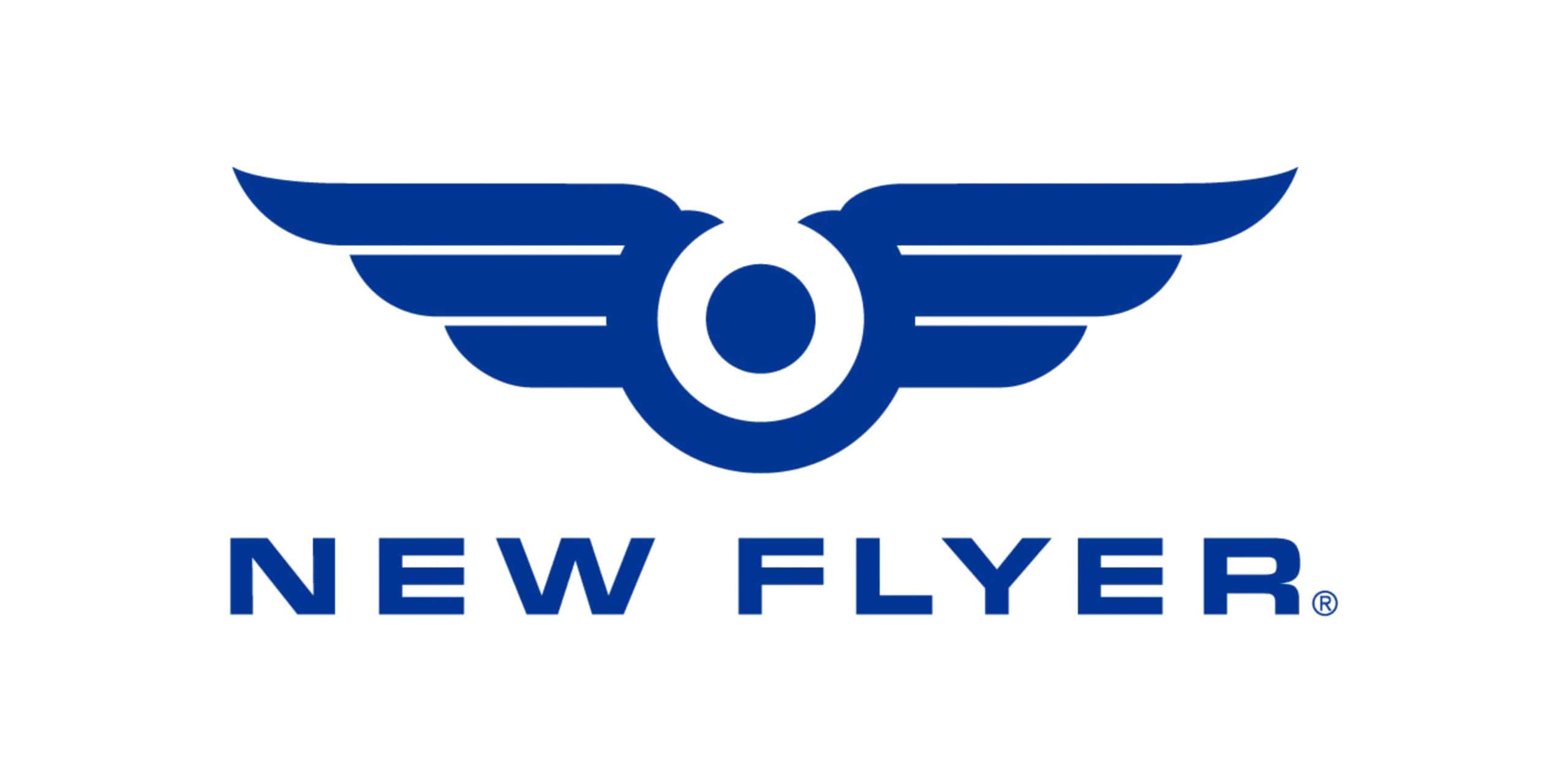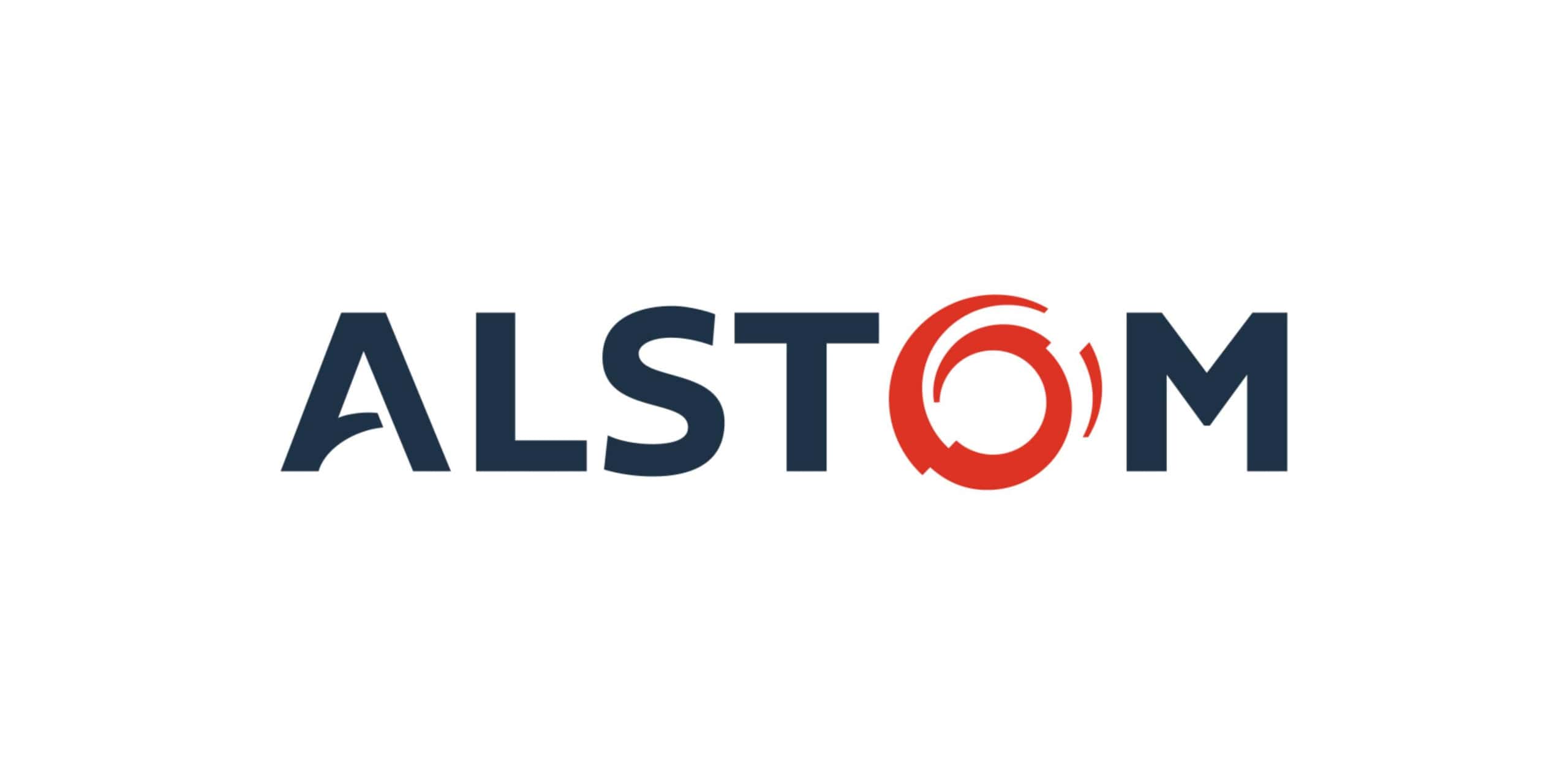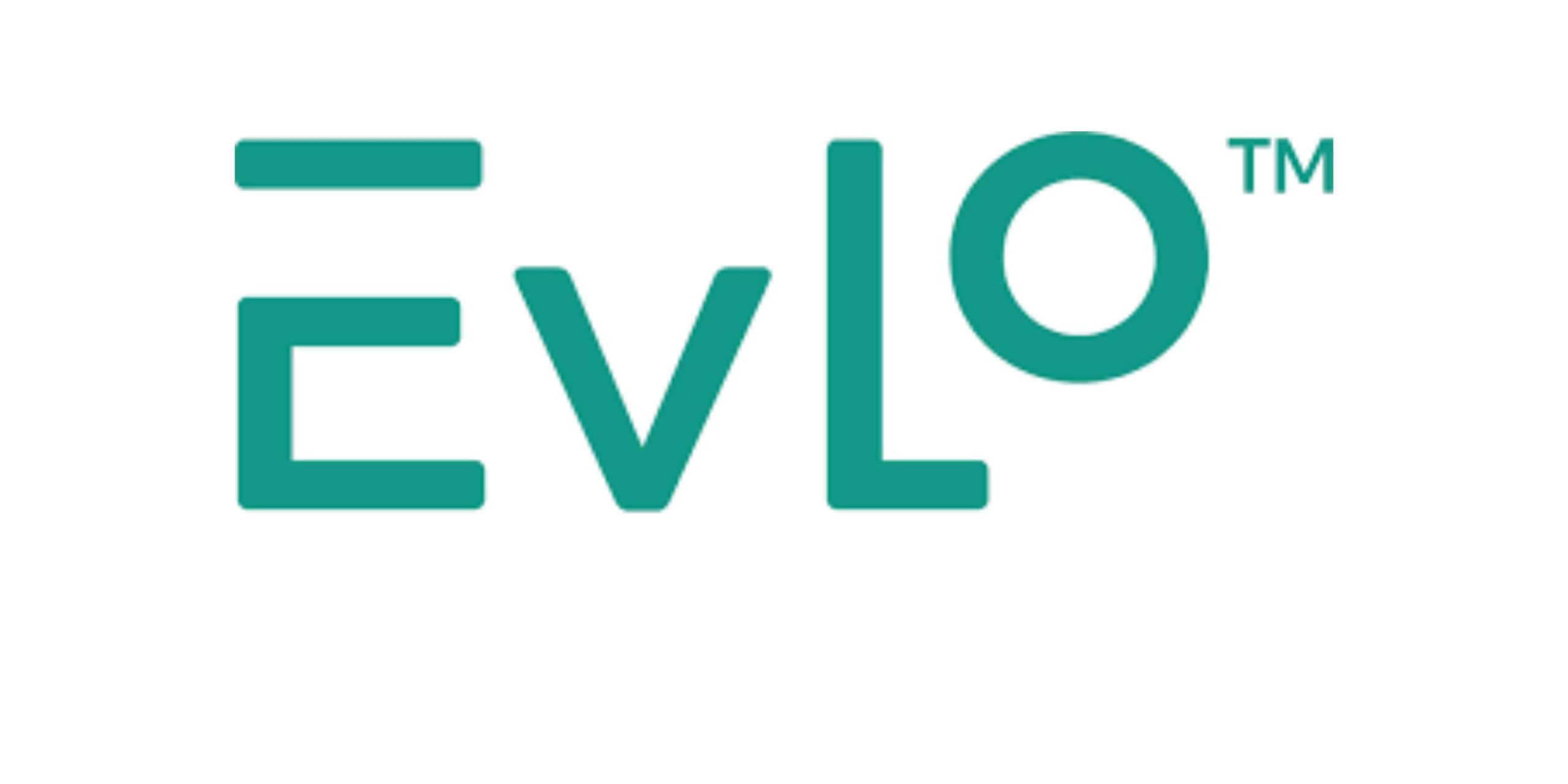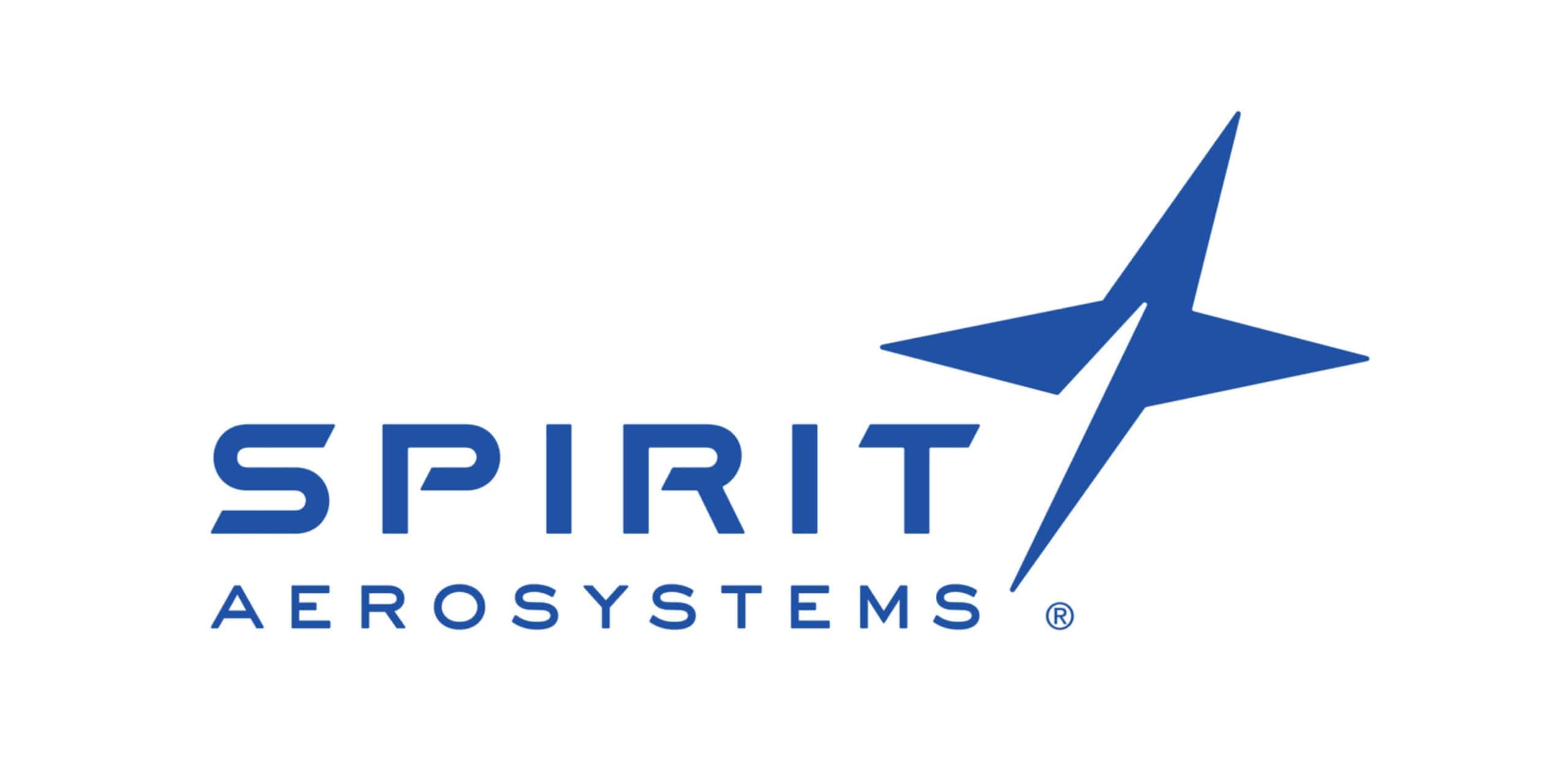Permanent employee vs. contract employee decisions significantly impact organizational structure, budget allocation, and workforce management. These two employment types offer distinct advantages and challenges for businesses across sectors.
Learning the differences helps HR and supply chain directors make informed choices that align with company goals, project requirements, and financial constraints. Today’s article examines essential differences, benefits, and considerations to help decision-makers select the most suitable employment arrangement for their specific needs.
Permanent Employee vs. Contract Employee Definitions
Permanent employee vs. contract employee classifications represent fundamentally different work arrangements with distinct legal and operational implications. A permanent employee works directly for an organization without a predetermined end date, receiving payment directly from the employer until resignation, termination, or retirement. These employees may work full-time (35+ hours weekly) or part-time, often with comprehensive benefits packages.
Contract employees, also called independent contractors or freelancers, work for organizations on a temporary basis with clearly defined terms and timeframes. They maintain greater autonomy over work methods while focusing on specific projects or services. Contract workers typically operate as self-employed individuals, managing their own taxes and business expenses. Distinctions between these employment types include:
- Employment duration: Permanent positions have no set end date, while contract roles specify timeframes (typically 3-12 months).
- Legal relationship: Permanent staff are company employees; contractors maintain independent business status.
- Management structure: Permanent employees integrate into the organizational hierarchy; contractors maintain operational independence.
- Work focus: Regular employees handle ongoing responsibilities; contractors typically address specific projects or temporary needs.
Employment Classification Impact
Employment classification significantly affects both employers and workers. Organizations must carefully determine worker status following legal guidelines to avoid misclassification risks. The U.S. Department of Labor recently narrowed independent contractor classification rules, potentially increasing misclassification lawsuits.
Supply chain leaders must particularly monitor contractor relationships with delivery partners and service providers to maintain compliance.

Cost Implications of Permanent Employee vs. Contract Employee Hiring
Permanent employee vs. contract employee decisions carry substantial financial implications that extend beyond simple salary calculations. Understanding these cost differences helps organizations develop appropriate budgeting strategies and optimize workforce expenditures.
Direct Cost Comparisons
Permanent employees typically generate higher long-term costs despite lower initial rates. Their total compensation packages include:
- Base salary or hourly wages
- Health insurance and retirement benefits
- Paid time off (vacation, sick leave, holidays)
- Training and development expenses
- Employment taxes and administrative costs
Contract employees generally command higher hourly or project rates, often 2-3 times more than permanent staff in equivalent roles. However, organizations avoid additional expenses like:
- Employee benefits (healthcare, retirement contributions)
- Paid leave administration
- Onboarding and long-term training costs
- Employment taxes and insurance premiums
Thus, this creates different cost structures: permanent staff represent consistent, predictable expenses spread across years, while contractors represent concentrated but time-limited investments.

Strategic Benefits of Permanent Employees
Organizations gain significant advantages when building teams with permanent staff members. These benefits extend beyond simple task completion to encompass organizational development, culture building, and long-term stability.
Workforce Stability and Knowledge Retention
Permanent employees provide operational consistency that supports business continuity. As these team members develop institutional knowledge about systems, processes, and relationships, they become increasingly valuable assets. So, this knowledge accumulation naturally enhances:
- Process efficiency through experience-based improvements
- Customer relationships built on consistent service delivery
- Interdepartmental collaboration through established connections
- Reduced training requirements for routine operations
Research demonstrates that permanent staff contribute significantly to organizational citizenship behaviors (OCB), which positively influence overall performance. These discretionary contributions, helping colleagues, suggesting improvements, and maintaining positive attitudes, strengthen team dynamics beyond formal job requirements.
Employee Development and Career Progression
Permanent positions enable organizations to invest in long-term professional development. It creates mutual benefits as employees gain skills while applying those skills toward organizational goals. Development opportunities typically include:
- Structured training programs
- Mentoring relationships
- Career advancement pathways
- Leadership development initiatives
These growth opportunities significantly enhance retention by demonstrating organizational commitment to employee success. For HR directors, this creates valuable stability that reduces recruitment costs and performance disruptions from excessive turnover.
Team Cohesion and Cultural Integration
Permanent staff members contribute substantially to organizational culture through consistent presence and engagement. They typically:
- Build stronger collaborative relationships with colleagues
- Develop a deeper understanding of unwritten cultural norms
- Demonstrate greater organizational loyalty and identification
- Participate more actively in cultural initiatives and team building
These cultural contributions create workplace environments that support productivity, innovation, and employee satisfaction outcomes, which are particularly valuable for complex supply chain operations requiring close team coordination.

Strategic Benefits of Contract Employees
Contract workers provide organizations with specialized capabilities and operational flexibility that complement permanent workforce structures. Knowing these advantages helps HR and supply chain directors leverage contract relationships effectively.
Workforce Flexibility and Specialized Expertise
Contract employees enable organizations to rapidly acquire specialized skills without long-term commitments. It proves particularly valuable when:
- Projects require niche technical expertise not found internally
- Workload fluctuations create temporary staffing needs
- New initiatives need immediate skilled support
- Market testing requires specialized capabilities without permanent overhead
For supply chain operations facing seasonal demands or project-based transportation needs, contract workers provide critical flexibility that permanent hiring cannot efficiently deliver. Similarly, contract arrangements allow companies to access specialized logistics expertise for specific improvement initiatives without permanent salary commitments.
Cost Management and Resource Allocation
Contract arrangements allow more precise resource allocation that aligns staffing investments with specific operational needs. Organizations benefit from:
- Avoiding benefit costs for temporary requirements
- Allocating precise budgets to specific projects
- Scaling workforce size to match workflow demands
- Converting fixed personnel costs to variable expenses
Therefore, this flexibility proves especially valuable during economic uncertainty when organizations need operational capabilities without long-term financial commitments. Contract arrangements effectively transfer some employment risk from organizations to individual workers in exchange for premium compensation rates.
Operational Speed and Implementation Efficiency
Contract workers typically begin contributing quickly with minimal onboarding requirements. Their specialized focus and professional experience enable rapid implementation without extensive orientation periods. Organizations gain:
- Faster project initiation and completion
- Reduced training requirements
- Independent work execution requiring less supervision
- Knowledge transfer from external environments
The implementation speed provides particular advantages for time-sensitive supply chain initiatives like warehouse reorganizations, transportation system upgrades, or inventory management improvements.
HR Compliance Considerations for Both Employment Types
Employment classification decisions carry significant compliance implications that HR and supply chain directors must carefully navigate. Proper management prevents legal complications while ensuring fair treatment of all workers regardless of classification.
Legal Classification Requirements
Correct worker classification requires careful assessment of working relationships rather than simple contract language. Essential factors determining proper classification include:
- Degree of behavioral control exercised by the company
- Financial relationship between parties (payment methods, expense reimbursement)
- Relationship permanency expectations
- Worker integration into normal business operations
- Independent business operation by the worker
Misclassification risks have increased with recent that narrow independent contractor definitions. Organizations should conduct periodic classification audits to ensure compliance with current regulations.
Documentation and Agreement Structures
Both employment types require appropriate documentation that clearly establishes working relationships and expectations. HR directors should implement:
- Comprehensive employment contracts for permanent staff
- Detailed service agreements for contractors specifying deliverables, timelines, and termination conditions
- Clear policies regarding equipment usage, confidentiality, and intellectual property
- Documentation retention procedures meet regulatory requirements
For contract relationships, agreements should explicitly address work independence, project scope, and completion criteria to reinforce proper classification status.

Making the Right Hiring Decision: Permanent Employee vs. Contract Employee
Selecting the appropriate employment model requires a systematic analysis of organizational needs, project requirements, and strategic objectives. It should incorporate multiple factors beyond simple cost comparisons.
Assessing Organizational Requirements
The permanent employee vs. contract employee decision should begin with a clear needs assessment addressing:
- Duration of required support (ongoing vs. time-limited)
- Skill specialization requirements
- Knowledge retention importance
- Integration needs with existing teams
- Budget constraints and financial objectives
- Urgency of position fulfillment
Organizations benefit from standardized evaluation processes that consistently apply these criteria across hiring decisions. This approach ensures employment classifications align with actual operational needs rather than departmental preferences or historical practices.
Decision Framework
| Factor |
Favor Permanent |
Favor Contract |
| Time horizon |
Ongoing need (1+ years) |
Temporary requirement (<1 year) |
| Skill requirement |
Generalized capabilities |
Highly specialized expertise |
| Knowledge importance |
Critical institutional knowledge |
Transferable technical skills |
| Supervision level |
Requires direct management |
Works independently with minimal oversight |
| Budget structure |
Available ongoing budget |
Project-specific funding |
| Talent market |
Tight market for key skills |
Available contractor pool |
| Cultural integration |
High team integration needs |
Limited collaboration requirements |
It helps systematize decision-making while acknowledging that some positions may present mixed indicators. In such cases, organizations might consider trial arrangements where contractors transition to permanent roles after demonstrating fit and value.
Hybrid Workforce Strategies
Many organizations benefit from strategic combinations of permanent and contract workers that maximize respective advantages. Effective hybrid approaches include:
- Core permanent teams supplemented by specialized contractors
- Project teams combining permanent leaders with contract specialists
- Department structures with permanent management overseeing mixed workforce teams
- Seasonal operations with permanent year-round staff expanded by contract workers during peak periods
These hybrid models provide operational stability while maintaining flexibility to address changing business conditions. They require clear management structures that effectively integrate different worker types while respecting classification distinctions.

Future Trends in Permanent Employee vs. Contract Employee Hiring
Workforce structures continue evolving in response to economic pressures, technology changes, and worker preferences. Understanding emerging trends helps HR and supply chain directors develop forward-looking staffing strategies.
Growing Contingent Workforce
Contract employment continues expanding across industries and job categories. According to Brookings Institution research, external workers now comprise 30-50% of workforce ecosystems in many organizations. The trends show:
- Increasing business emphasis on workforce flexibility
- Growing worker interest in project variety and schedule control
- Technology platforms facilitating contractor matching and management
- Organizational focus on core competencies with contracted peripheral functions
For supply chain operations, this trend manifests in increased use of contracted logistics services, transportation management, warehouse staffing, and specialized analysis functions.
Ethical Considerations and Worker Treatment
Organizations increasingly recognize responsibility for contractor welfare despite arm’s-length legal relationships. Progressive companies implement:
- Fair compensation standards for contract workers
- Equal treatment policies addressing workplace safety and respect
- Clear pathways for exceptional contractors to transition to permanent roles
- Transparent procurement practices for contract services
These approaches recognize that contractor treatment significantly impacts organizational reputation, regardless of technical employment classification. They also help attract higher-quality contract talent in competitive markets.
Regulatory Evolution
Employment regulations continue adapting to changing work arrangements with increased attention to contractor relationships. Recent developments suggest:
- Tightening classification standards in multiple jurisdictions
- Greater scrutiny of long-term contractor relationships
- Expanded contractor rights regarding working conditions
- Increasing penalties for misclassification violations
Organizations should anticipate continued regulatory evolution requiring proactive compliance management and periodic policy updates. Thus, this regulatory landscape will likely continue favoring permanent employment relationships for core business functions.
Final Words
The permanent employee vs. contract employee decision significantly impacts organizational effectiveness, financial performance, and workforce dynamics. Each employment model offers distinct advantages, addressing different business requirements and operational contexts.
Organizations benefit most from thoughtful, systematic approaches that match employment models to specific needs rather than defaulting to either classification. Effective strategies typically combine both models, building core permanent teams for stability and institutional knowledge while leveraging contract relationships for specialized skills and workload flexibility.
HR and supply chain directors should develop clear decision frameworks incorporating multiple factors beyond simple cost comparisons. These frameworks should address knowledge requirements, integration needs, supervision levels, and strategic importance alongside financial considerations. With proper planning and management, organizations can optimize their workforce structures to meet current operational requirements while maintaining flexibility for future changes.











